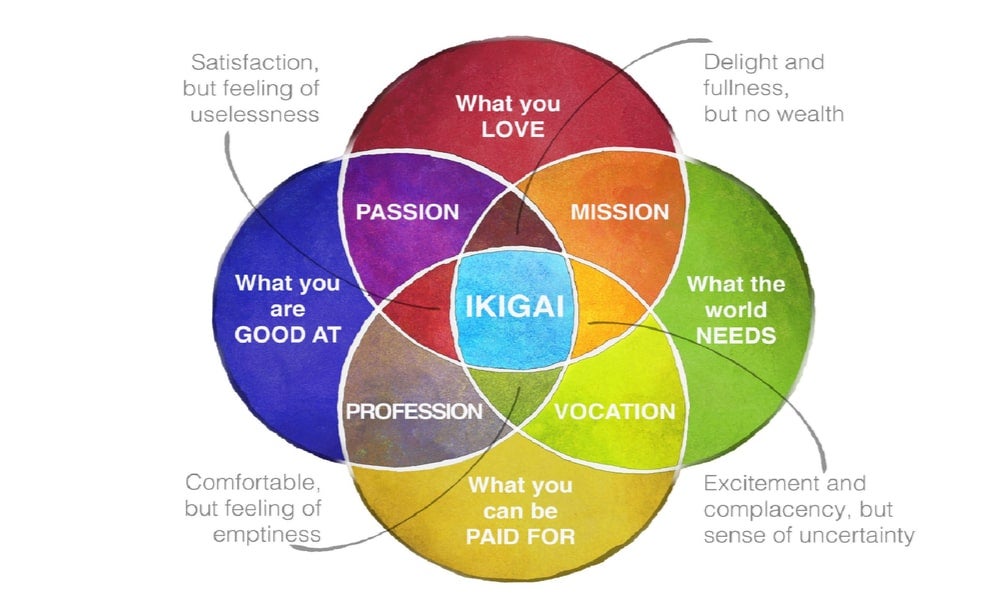KPMG’s Chelsea Watt on six ways to succeed in a hybrid workplace
There are a number of important ways to stand out and succeed in hybrid workplaces, which have become the standard working arrangement in many organisations
We are all familiar with the advantages of hybrid work, such as improved work-life balance and higher productivity. Hybrid work provides the flexibility for employees to work in ways that are most effective for them than previous models. Recent research from the UNSW Business School’s Hybrid Leadership lab shows knowledge workers prefer to have the option to work from home.
With so many people working in a hybrid work environment, what do they need to succeed? We asked Chelsea Watt, the Regional Chief Operating Officer for ESG at KPMG Asia Pacific, for the advice she would give those embarking on a career in this new world of work. Some key themes she discussed were prioritising human connection, finding the right hybrid work balance, setting goals and boundaries to avoid burnout, and working smarter (not harder or longer).
Ms Watt is currently based in Hong Kong and is part of the Regional Leadership Team at KPMG. In her role, she is focused on developing the regional ESG strategy, governance, and operating model, and she leads a virtual team with each team member based in different offices across Asia Pacific. She graduated from UNSW Business School and obtained a Masters in Commerce in 2001.

1. Build genuine relationships with your team
According to Ms Watt, one of the best things to do in a hybrid work environment is to build real human connections to really get to know the people you’re working with, their hobbies, interests or favourite foods for example. “By being genuine, showing empathy and that you really care about someone’s life and wellbeing helps to build mutual trust, respect and loyalty. And if you can do that in-person great, you can gauge the level of energy, engagement and body language,” she said.
But doing this virtually is a little trickier and requires more intention and self-awareness through reading the virtual room and adapting communication style if needed.
Once you get to know your team, she said you may observe different communication styles so it’s important to be mindful of this when leading a virtual team and encourage participation. “It might be verbal or written in the chat or by voting/polling or small break out rooms, or often a combination of all works well,” she said.
Read more: How has Airbnb’s "live and work anywhere" policy really worked?
2. Give people your undivided attention
According to Ms Watt, an important way to stand out is to be present, engage and contribute during virtual meetings. “It makes them more effective; questions can be addressed, decisions can be reached and projects can move forward more quickly if everyone is actively engaged. It also shows respect for your colleagues by giving them your undivided attention,” she said.
Being actively engaged in meetings is good for productivity, and may even result in shorter meetings, giving everyone some time back. “That is always appreciated. I’ve cut my meetings down from the calendar default 60-minute time slot to 45 minutes, sometimes even 25 minutes,” she said. “It has been a game changer for me, and I have encouraged colleagues to adopt this approach.”

3. Set goals and boundaries to avoid burnout
“I spent a lot of time working from home during COVID and increasingly noticed the blurred lines between work time and personal time. Overcompensating, having more calls, even outside working hours and on holidays seems to have become the norm from speaking with various people. In my role, I have regional and global calls so the time zone isn’t always favourable or in my control to change,” said Ms Watt, who shared an idea from a colleague on managing work through different timezones: don’t accept late-night work calls on a Friday night.
“I embraced this and it became a clear boundary line for me to block my calendar as ‘out of office’ on Friday evenings. My trade-off was that I would join those calls Monday to Thursday. Also a lot of online meetings can be recorded so you can watch them later or you could delegate or alternate attendees. I also shared this approach with my team so they don’t feel like they are expected to be online and available 24/7 and they really appreciated it.”
However, she said the most important point is to set goals and boundaries in order to avoid burnout or fatigue. “Speak with your manager or your team and work together for the best solution, and respect that everyone has personal commitments and the priorities or boundaries may differ. Open communication and flexibility are also key so people are aware of why you may decline a call or request to reschedule a meeting,” she said.
Read more: How should leaders manage hybrid working relationships?
4. Take charge of your personal and professional growth
One of the most significant ways to get ahead in your career is to take responsibility for your own professional development. Of course, you can and should learn from leaders, mentors and teachers, but at the end of the day, you must take action toward the goals you want to achieve.
An important first step is to reflect on the goals that most closely align with your authentic self: your passions, what you enjoy doing, what you would like to learn and get better at, your ambitions, what action is required to achieve them, and how you might pivot as goals change over time. “You are in the driving seat of your career, so if you want to learn a new skill or do a certain course then go for it,” said Ms Watt.
While some people have a clear plan and take a linear career path, others may have a lateral path and change jobs, industries or even move between countries. “People ask, ‘are you a generalist or specialist?’ I think I am a bit of both and that’s okay, as long as you keep learning and growing, developing new skills, building your network, aligning with your passions and interests, and playing to your strengths. You will also meet some great people along the way, in person and/or virtually so don’t underestimate those connections, they may inspire, shape, pivot or even accelerate your career,” she said.
Learn more: UNSW Business School's Hybrid Work Leadership Research Lab
5. Adopt an agile mindset
Ms Watt also affirmed that much of her career success has come from on-the-job experience and putting her hand up to take on new projects or assignments outside of her immediate team and comfort zone.
“I’ve always been curious about how a business operates in the engine room with management, and also on the frontline with clients (and everywhere in between). It’s about being open and flexible to work in different parts of a company, collaborating with different people, understanding how departments interact in the value chain, being able to connect the dots and knowing who the key stakeholders are.
“This institutional knowledge and agile mindset can help to achieve results and really add value to your current and future roles,” she said. “Using your IQ and EQ, measuring output not input, adapting to working with different people and leadership styles, empowering your team, being a role model, staying true to your values and fostering an inclusive and collaborative culture – all of this has really helped me.
Ms Watt added that working with a diverse range of leaders in different countries and cultures over the last 20 years has also helped her pick up various skills while relying on other strengths to succeed in different working environments. “This is about learning, adapting, and evolving to the situation and the types of people you’re working with, and appreciating different cultural nuances,” she said.

6. Find your ikigai
“Ikigai” is a Japanese word and concept which means: “a reason for being, a sense of purpose and passion that gives value and joy to life,” said Ms Watt, who explained there is a corresponding Venn diagram with the convergence of four areas of life – what you love, what you are good at, what you can get paid for, and what the world needs.
“I saw it in a magazine a while ago and it really resonated with me,” she said. “While it is an ancient philosophy, it is also so relevant today. Over the past few years, there has been increased news coverage and awareness on ESG topics, sustainability and social purpose, and it has really helped to shape my career ambitions and shift into an ESG role because of the importance of including all four of those areas in my life, my job and wanting to do more beyond that and give back.”
Subscribe to BusinessThink for the latest research, analysis and insights from UNSW Business School
Giving back to the community not only helps to create a sense of purpose but can also drastically improve your experience at work and in life. Research shows staff are more likely to stay at a company that prioritises philanthropy. “But you don’t just have to wait for your employer; you can also find your own ways to give back. Mentoring, volunteering or fundraising for charities and NGOs are some great options,” she concluded.
